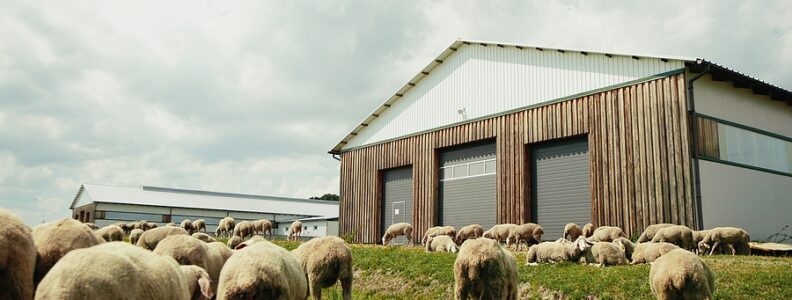Australia’s relationship with wool is as intricate as the fibres themselves. Since the early days of sheep farming on the vast landscapes of the continent, wool has played an integral role in shaping the nation’s economy and identity. At the heart of this wool-rich narrative lie the wool shearing stations, establishments that have seen remarkable transformations over the decades. This article seeks to weave together the threads of the past and present of these stations, unravelling the story of an industry that’s as robust as it is resilient.
A Historical Retrospect
Wool shearing in Australia can trace its roots back to the early 19th century. Initial shearing methods were laborious, often demanding the collective effort of several men. These first stations were not the sprawling infrastructures we see today but modest setups, usually adjacent to a farmhouse. The clippers were manual, and the process was time-consuming, yet it was a community affair, bringing together neighbours and often followed by celebrations.
Transitioning Techniques and Tools
As the years rolled on, the industry saw incremental changes. By the late 1800s, technological advancements began influencing shearing methods. The introduction of mechanical shears in the 20th century marked a significant shift, allowing for faster, more efficient shearing. Gone were the days of manual clippers; the modern shearer could now process a much higher number of sheep in a single day. Additionally, infrastructure improvements meant that stations became more sophisticated, often encompassing amenities like housing for workers and dedicated storage areas.
Wool Sheds: The Heart of the Operation
Nestled amidst the vast landscapes of Australian sheep farms, local wool facilities became the focal point of the entire wool shearing process. These sheds were not just places for shearing; they were hubs of activity, with designated areas for sorting, grading, and storing wool. The architectural design of these sheds evolved, too, from rudimentary wooden structures to more permanent, spacious establishments with specific areas for each step of the wool processing chain.
The Contemporary Landscape
Today’s wool shearing locations are a blend of tradition and innovation. While the essence of shearing remains rooted in age-old practices, there’s a pronounced emphasis on sustainable and humane methods. Modern stations often integrate advanced technology, ensuring optimal wool quality and animal welfare. Furthermore, there’s a renewed focus on training and skill development, with shearing schools and workshops gaining prominence.
A Sustainable Future
The Australian wool industry’s journey has been remarkable, adapting and thriving in the face of challenges. As we move forward, the emphasis is increasingly on sustainable practices. From ensuring the well-being of the sheep to adopting eco-friendly processing methods, the modern wool shearing station is more than just a place for shearing. It’s a testament to an industry’s ability to evolve while staying true to its roots.
Final Thoughts
In conclusion, Australia’s evolution of shearing facilities is a story of grit, innovation, and unwavering commitment. As we don the warm, cosy woollen garments, it’s essential to acknowledge the legacy and the relentless efforts of countless individuals behind every thread. The journey from past to present offers a valuable lesson in resilience, adaptability, and the indomitable spirit of a nation and its people.

